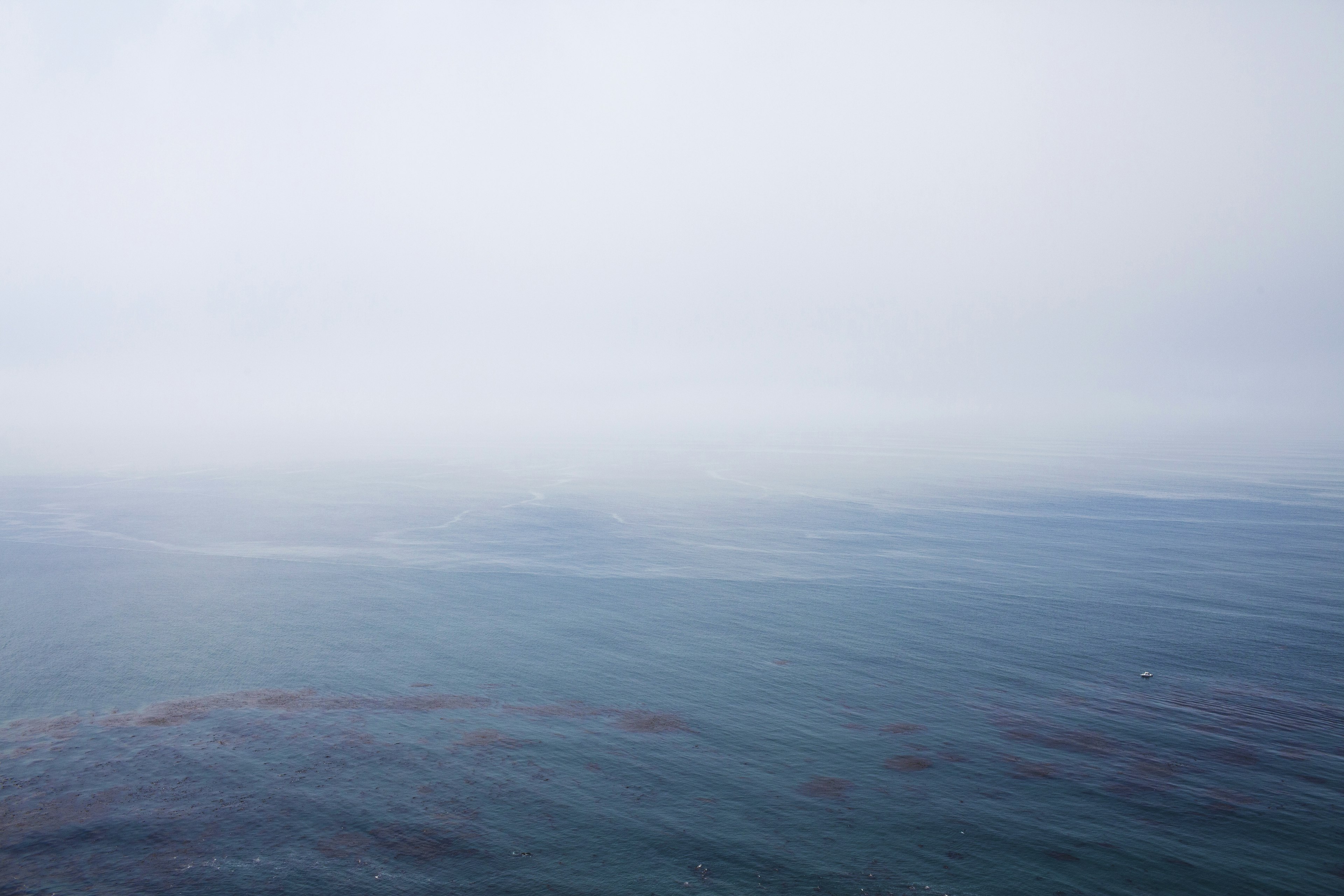Last summer, with the corona virus lockdown in full swing back in the United States, I decided to hop in the car and take a solo road trip. I brought money for gas, a tent, a sleeping bag, food, some clothes, and camera equipment. What transpired was an epic journey from northern Wisconsin to California and back, a journey of over 5,000 miles, packed into 10 days. During this drive, I made it a point to have no predetermined route, often planning my end point for every day as I drank my morning coffee. I would find either free campsites or cheap motels online, and make that my destination for the day. Sometimes I took the interstate, sometimes (with the help of Google Maps’ “avoid highways” feature) I would opt for local two lane roads.
Crownpoint, New Mexico
Along the way, whenever I saw fit, I would stop and film footage of the road, and the surrounding landscape. The slow cinema footage that resulted was born from the feelings of isolation, freedom, stress, boredom, and meditative solitude that I felt not just during that summer, but also during the lockdown, and my own masters journey. Unbeknownst to me at the time, this road trip was a turning point on my larger journey of self discovery, and where I began to use my instincts and my eye to move through and document space.
Rawlins, Wyoming
With this final project of my masters degree, I invite you to wander the United States with me, and to live this experience as close to the way it happened as possible. I experiment with the aesthetics of wandering by presenting the footage that I shot in 30 second clips, with very little editing, raw sound, and direct, straightforward captions that are simply the place and day that the footage was shot. With no narrative, my hope is that you are able to turn inward and begin wandering through your own thoughts and associations that you make while viewing the footage.
Gray County, Texas
I also include some sculptural elements, giving a glimpse into the realities that go into my wandering practice, including the clothes that I wore, food that I ate, and the feelings I was experiencing during the trip that are detailed in my journal. With this, I hope to give you more context, and a body to inhabit (my own) to place yourselves in the images.
I enjoyed this film because I make use of older, very experimental footage that I shot midway through my masters journey, footage that I am very fond of. I present these clips of the vast and desolate American West in a documentary style, in a linear sequence, with no narrative, and no context besides the place and date that it was shot. These elements along with the stillness of each frame makes the final product feel like little more than simple data collection. In spite of that, buzzing feelings of solitude, emptiness, and unease seeps out of the images, and gives a glimpse into the realities of driving across the country alone. Using this footage in my final project was a way to come to terms with how far I have come in the past two years, and how sometimes, the journey really is the most beautiful part. Even if it can be uncomfortable.
Route 66, somewhere in Arizona
“Though they rushed back and forth across the country on the slightest pretext, gathering kicks along the way, their real journey was inward; and if they seemed to trespass most boundaries, legal and moral, it was only in the hope of finding a belief on the other side.”- from the introduction of ‘On the Road,’ by Jack Kerouac
If you would like to learn more about how I use wandering as a tool in my film and photography practice, give the video to the left a watch.
